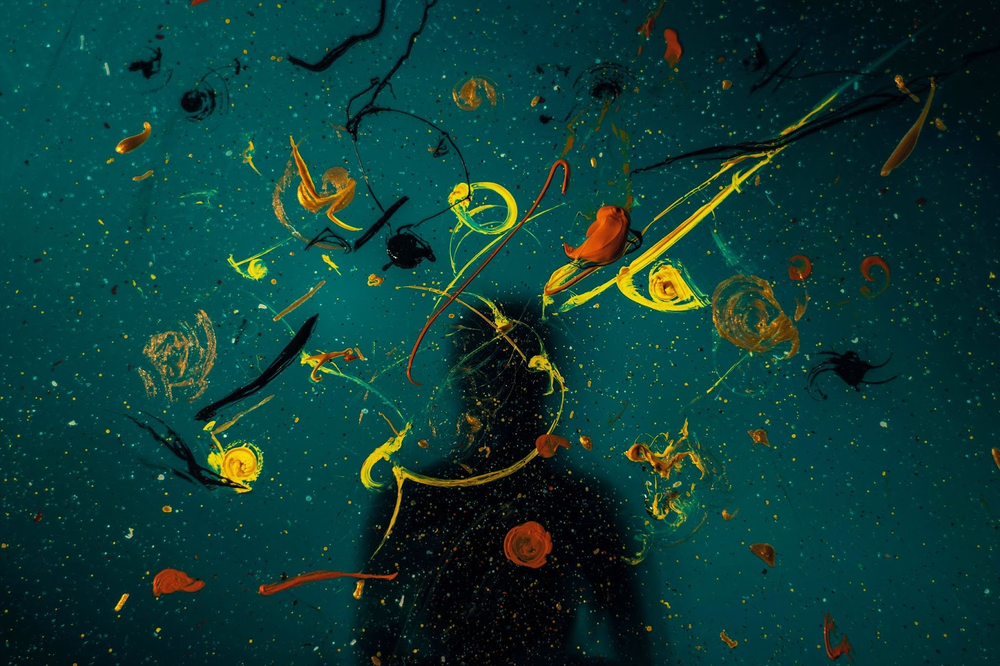31st March, 2023 •

Written by Higson
8th April, 2021 • 3 min

When pitching, our ultimate goal is to build a relationship with the other party. So how do we do this? An essential factor is presenting in a compelling way, and using novelty to create a lasting impression. Research shows on average we only retain 5% of information given in lecture form, 10% through reading and 20% through audio-visual content. When presenting, that means people do not remember most of what they see or hear.
With that in mind, how can we create a lasting impression under these circumstances?
In Oren Klaff’s book Pitch Anything, he found that when pitching you must create two emotions in the client: desire and urgency. Desire is created when you offer a reward. Urgency is created when that reward can be taken away.
One way of creating desire and urgency is through novelty. Novelty is something we have not seen, heard or felt before that triggers our brain in high alert mode. This increases our concentration and memory capacity.
Seeing something new triggers a burning desire within us, and we worry if we can’t have it. If we incorporate novelty into our pitches the client will pay more attention to us and remember more about our presentation.
How can we trigger desire and urgency?
Desire and urgency are triggered by dopamine and norepinephrine, respectively. Understanding how these chemicals work can help us understand the ways we can create novelty when we pitch.
Dopamine makes us feel good and helps us focus, in addition to making us more alert and motivated. This creates a positive feedback loops and keeps us motivated. Another side effect of dopamine is that it leads to improved memory, which is helpful considering how little information we normally retain.
Norepinephrine is a stress response which triggers our brain to pay more attention to our surroundings. Increased blood flow and an elevated heart rate means we are better at concentrating and more alert to new incoming information.
So, how can we create novelty?

1. Create visual stimuli
2. Get the individuals you are pitching to involved
3. Focus on the words you use
4. Share a story
Consider this list and incorporate some novelty next time you are creating a pitch to make a memorable and exciting impression. We would love to hear from you if you found these suggestions helpful or if you would like to explore how to include these ideas into your pitch.